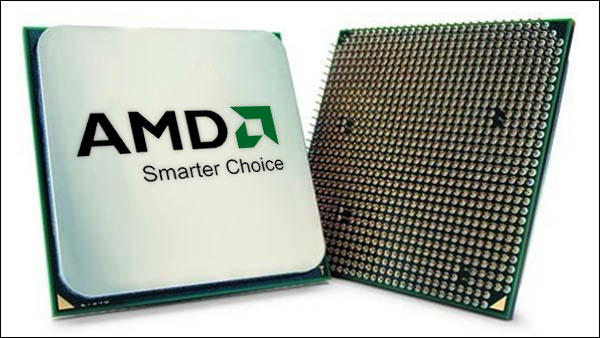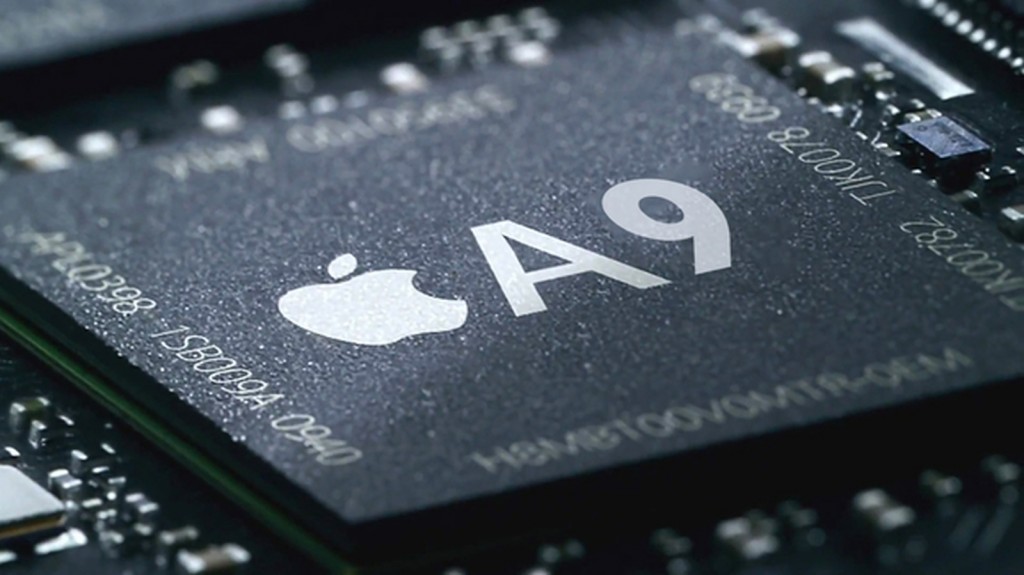A team led by an Indian-origin engineer from the University of Utah has discovered a new kind of 2D semiconducting material for electronics that opens the door for much speedier computers and smart phones that also consume a lot less power. The semiconductor, which is made of the elements tin and oxygen or tin monoxide (SnO) by the associate professor Ashutosh Tiwari – led team is a layer of 2D material only one atom thick, allowing electrical charges to move through it much faster than conventional 3D materials such as silicon. This material could be used in transistors, the lifeblood of all electronic devices such as computer processors and graphics processors in desktop computers and mobile devices.

Transistors and other components used in electronic devices are currently made of 3D materials such as silicon and consist of multiple layers on a glass substrate. But the downside to 3D materials is that electrons bounce around inside the layers in all directions. The benefit of 2D materials is that the material is made of one layer the thickness of just one or two atoms. Consequently, the electrons can only move in one layer so it’s much faster, Tiwari said. Transistors made with Tiwari’s semi-conducting material could lead to computers and smart phones that are over 100 times faster than regular devices.

The authors also noted that because the electrons move through one layer instead of bouncing around in a 3D material, there will be less friction which means that the processors will not get as hot as normal computer chips. They will also require much less power to run which is a boon for mobile electronics that have to run on battery power. According to Tiwari, this could be especially important for medical devices such as electronic implants that will run longer on a single battery charge
Note: images used are for representational purposes only.


